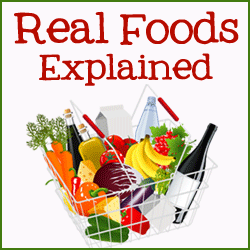The Truth About Grains: White vs. Whole Wheat
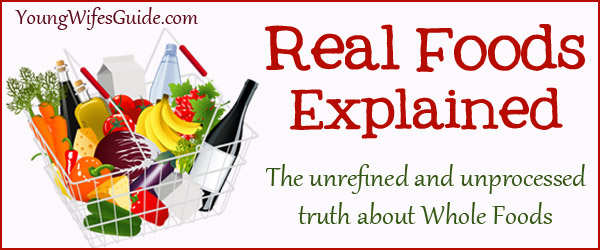
Before starting on my whole foods journey I didn’t know very much about grains. I knew the basics: white bread doesn’t contain very many nutrients; eat whole grains. So I bought my family a mid line (not too expensive but not the cheapest) whole wheat bread. Basically whatever whole wheat was on sale that week is what I got. But I didn’t really understand the basics of grains, carbs, and what we were eating as “healthy” bread. Here are the basics of grains.
This whole discussion can also be applied to corn, rice, pasta and more but for this post we will focus on bread.
What is “White” Flour
White flour is highly refined. Meaning, it has gone through an extensive process of making it shelf stable. Real pure whole wheat spoils very quickly. If left in the heat or in a pantry too long, pure whole wheat spoils! So back before refrigerators, or the ability to transport food across the country in refrigerated trains, an alternative to whole wheat was sought. They wanted flour that they could transport for weeks without it spoiling. Thus they started stripping whole wheat of all the things that cause it to spoil quickly.
Unfortunately, what makes flour spoil fast is all the good and healthy nutrients in it. See Understanding Grains to get a better picture of this. So in being able to store flour for a lot longer and being able to transport it across the country, we lost the nutrients in flour and are left with simple carbs instead of healthy and much needed complex carbs.
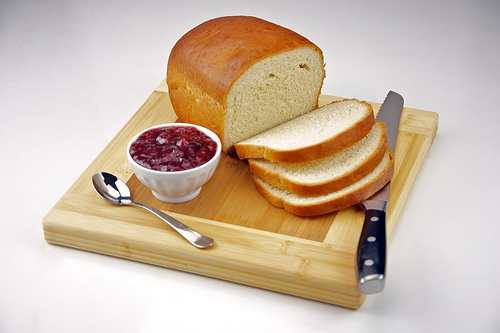
How Your Body Digests Grains (Carbs)
To understand what the difference between white and whole grains are, we must first understand how the body digests carbs. I didn’t fully understand this until last year, and suddenly whole grains made so much sense!
There are two types of carbs: Simple and Complex. I’m sure you have heard this before but if you are like me, never fully understood what it means.
Simple Carbs: are simple sugars. Simple sugars are things like table sugar, candy, refined flour (white flour), and soda. Simple carbs are absorbed into your blood steam very quickly as sugar. When you eat a piece of white bread, your body doesn’t think it’s getting nutritious wheat, it sees it purely as sugar entering your blood stream. Not only are the good qualities and nutrients of wheat taken out of white flour, it is basically sugar entering your body.
Complex Carbs: are still technically sugars but they are different. Complex carbs are made up of 3 or 4 sugar molecules linked in a chain. Because they are complex, it takes the body much longer to break them down. Because they take longer, not as much sugar enters the blood stream and these complex carbs contain all the nutrients of whole wheat. You may still get a little bit of sugar, but you are also reaping all vitamins, minerals and nutrients of the bread! You still don’t want a diet composed entirely of complex carbs, but they certainly have a place in a balanced diet. Read Simple vs Complex Carbohydrates for a more in depth look at carbs. See also, Nutrients in Refined vs. Whole Grains for a comparison.
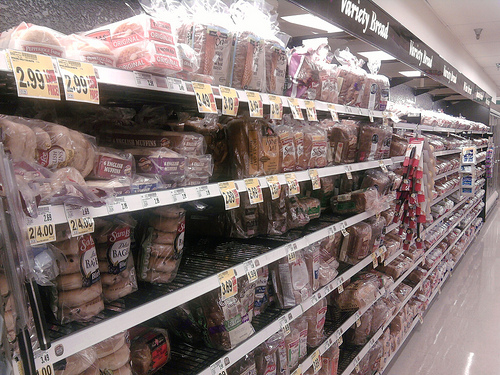
Whole Grains Defined
So knowing now that white flour and breads are not healthy, how do you go about finding a healthy whole wheat flour or bread?
The first thing you want to look for is the label and how the bread is described. Stay away from products that are labeled “multi-grain”. This just means there are multiple grains involved, not if they are whole or refined.
You want to look for “100% whole grain”. This claims that the grains involved are 100% whole and not refined. Next, take a look at the label. Check how much sugar is in it. We find that even the healthiest whole wheat breads can contain a lot of unnecessary sugar. Check how much sodium is in it (especially if you are on a low sodium diet).
Then wonder down to the ingredients. Real, fresh bread only needs a handful of ingredients: whole wheat flour, water, yeast, maybe a bit of salt (although I leave salt out of my homemade bread), sometimes some honey or other additional items like nuts. If your bread contains 30-40 ingredients, there is something wrong!
Shop around and check stores like Whole Foods, Trader Joes, health food sections of your normal grocery store or make your own bread! I got a bread machine at a thrift store for $10! 3 years later and it still makes amazing bread, all I have to do is throw the ingredients into the machine and turn it on. One of our favorite recipes is Honey Whole-Wheat Sandwich Bread.
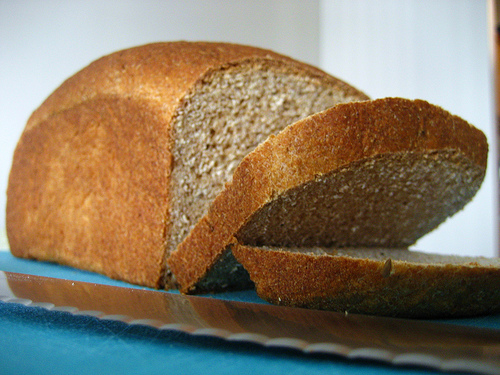
Some nutritional scholars believe that grains should be avoided completely, arguing that our bodies did not evolve to digest grains and they cause a downward spiral in many facets of your internal health. Source
Did you catch that? Some argue that our bodies did not evolve to digest grains. Well I have a problem with that right there. I do not believe in evolution. And in fact, when I study the Bible I see many instances of man eating bread and grains as a staple of their diet since the days of Adam. I think that grains can be a healthy and natural part of your diet as long as you are eating good, complex, whole grains that are as close to how God designed them to be as possible. And not pigging out on carbs alone.
Grains and what type of bread to buy can seem so daunting at first! But you really just have to remember a couple of things: Don’t buy white bread or flour, look for “whole grains” not “multi-grain”, and read the label and ingredients list! You will quickly get the hang of it and buying good nutritious bread will become second nature (or you will fall in love with making homemade bread like I did)!
Read more in the series {here} and come back all month long for more information, great recipes, tips, and a few awesome giveaways!
